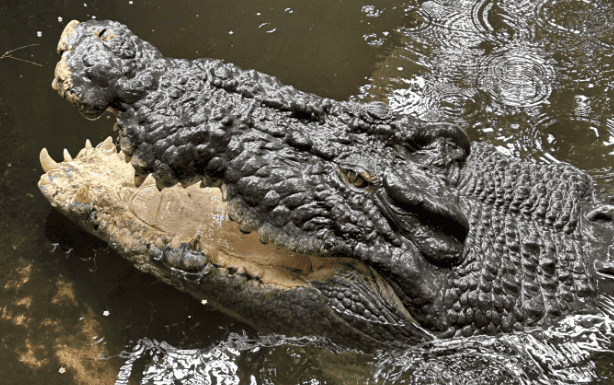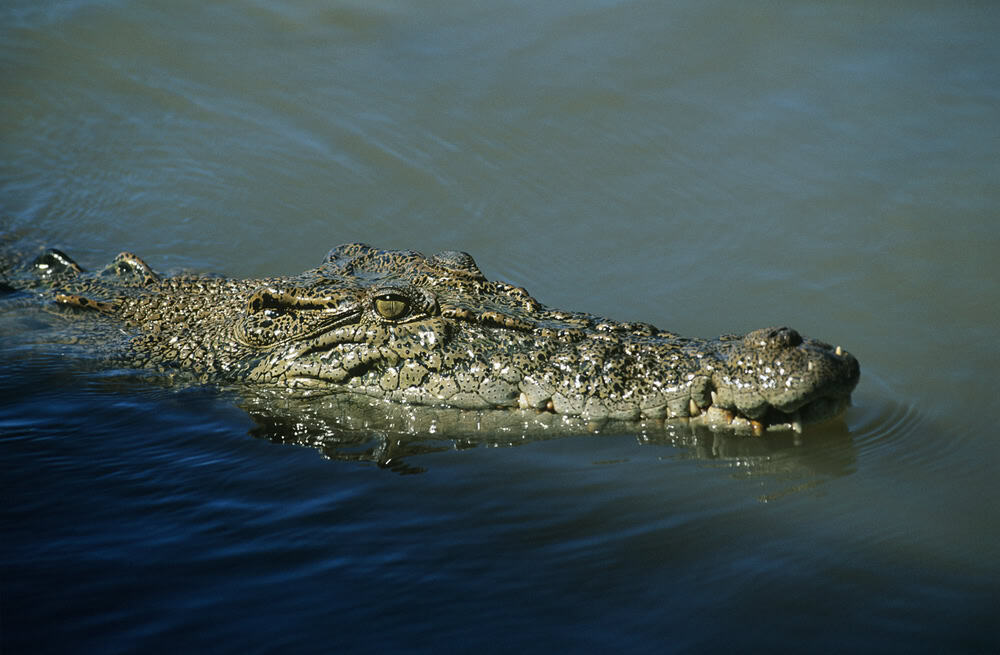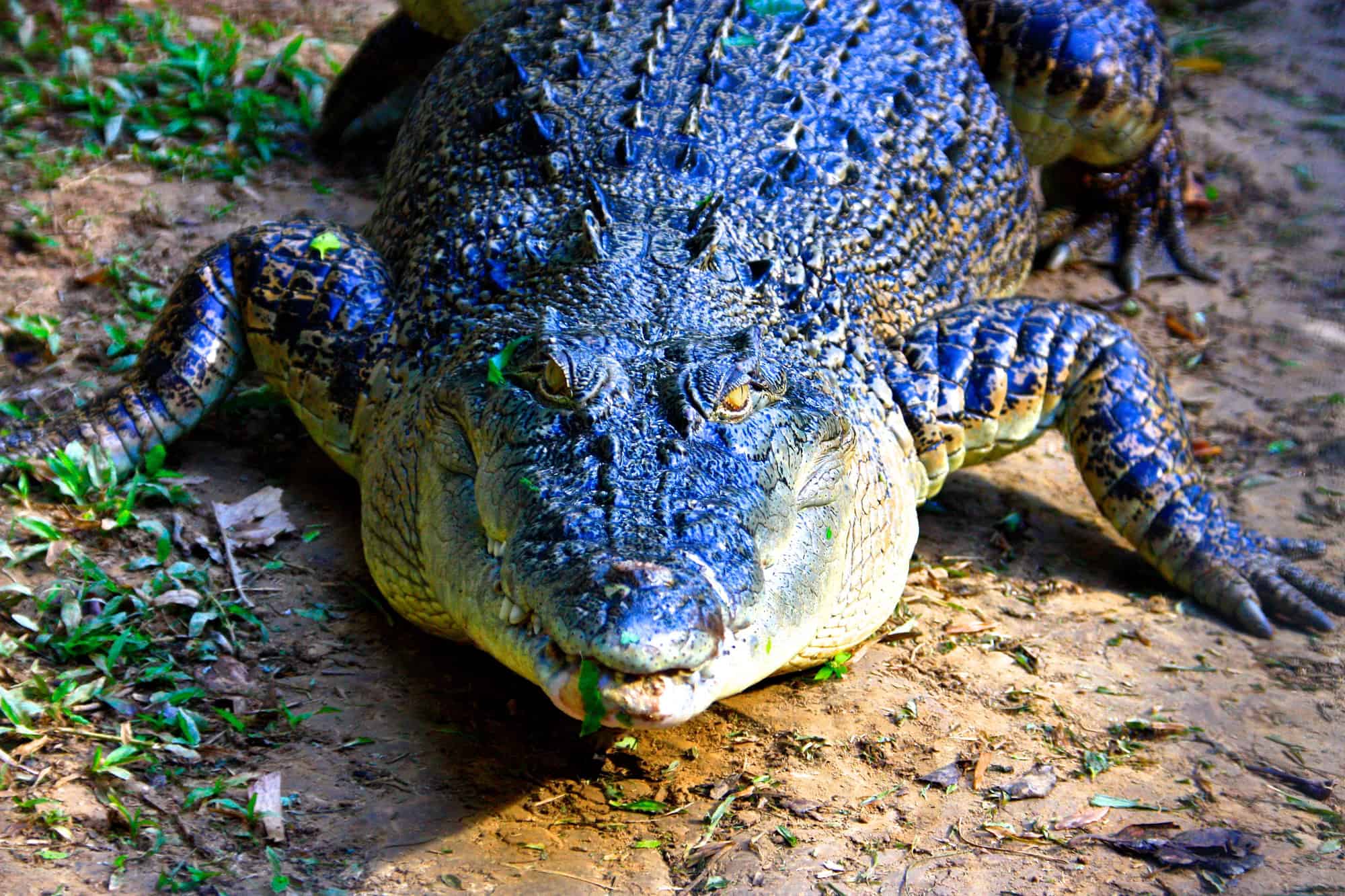Crocodiles are powerful, ancient predators which have stealth and strength. While often seen as slow-moving, they surprise with their ability to gallop! Join us as we explore this unique behavior and the physical features that make crocodiles such fearsome creatures.
Have You Ever Seen a Croc Gallop?

While the image of a crocodile conjures thoughts of a slow-moving predator. Moreover, few are aware that these ancient reptiles are able of surprising bursts of speed on land! Crocodiles can gallop, they do this when they feel threatened or are moving quickly over short distances. This fascinating sight show us their incredible adaptability.
Physical Features of the Crocodile
Skin

Crocodiles have tough, scaly skin.
Eyes

Their eyes are positioned on top of their heads. This lets them see above water while submerged.
Teeth

Crocodiles have sharp teeth designed for tearing prey.
Jaws

Their powerful jaws can exert incredible force.
Tail

A crocodile’s tail is muscular and used for propulsion in water. It is also used as a powerful weapon.
Legs

Crocodiles have short but sturdy legs. They are made for swimming and walking on land.
Nostrils

Located on top of their snouts, their nostrils let them breathe while submerged.
Ears

Crocodiles have small, slit-like ears that close to prevent water from entering.
Scutes

Their back is covered with bony plates called scutes.
Belly

The belly of a crocodile is softer and less armored than its back. Therefore, this makes it a vulnerable spot.
Size

Crocodiles can grow to great lengths. Some species even reach over 20 feet!
Coloration

Their coloration ranges from olive green to brown.
Snout

Crocodiles have long, pointed snouts. They come in different shapes and sizes depending on the species.
Webbed Feet

Their webbed feet help them swim efficiently.
Claws

Sharp claws on their feet assist in digging and capturing their prey.
Eyesight

Crocodiles have great night vision. This lets them hunt effectively at night.
Lifespan

Crocodiles can live for several decades. Furthermore, some crocs live up to 70 years in the wild.
Bottom Line

Find the link to the video here.
Overall, the crocodile is an amazing predator which is equipped with a multiple of physical adaptations that make it a fierce. From their powerful jaws and sharp teeth to their ability to gallop, these ancient reptiles continue to fascinate us!
Thanks for reading along, for more, check out our related article link below.
Next up:
- Crane Saves Drowning Goat - June 30, 2025
- Chihuahua’s Highway Adventure: Watch As Motorists Shield It from Traffic - June 29, 2025
- Green Iguana Bites: 10 Essential Tips for Safe Pet Ownership - June 29, 2025

